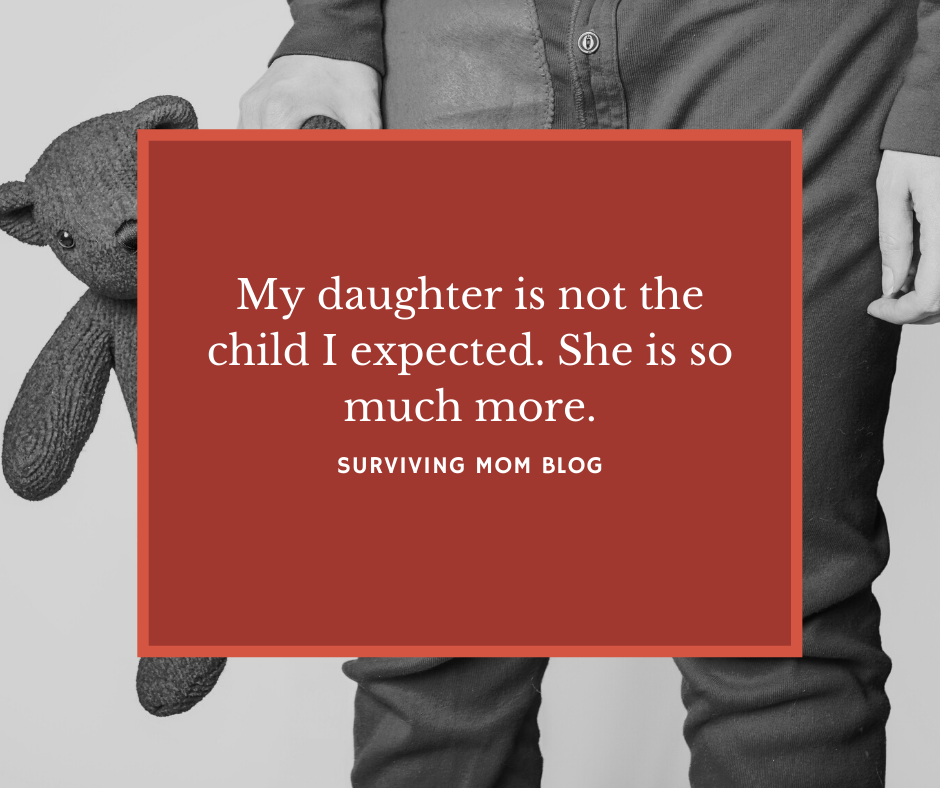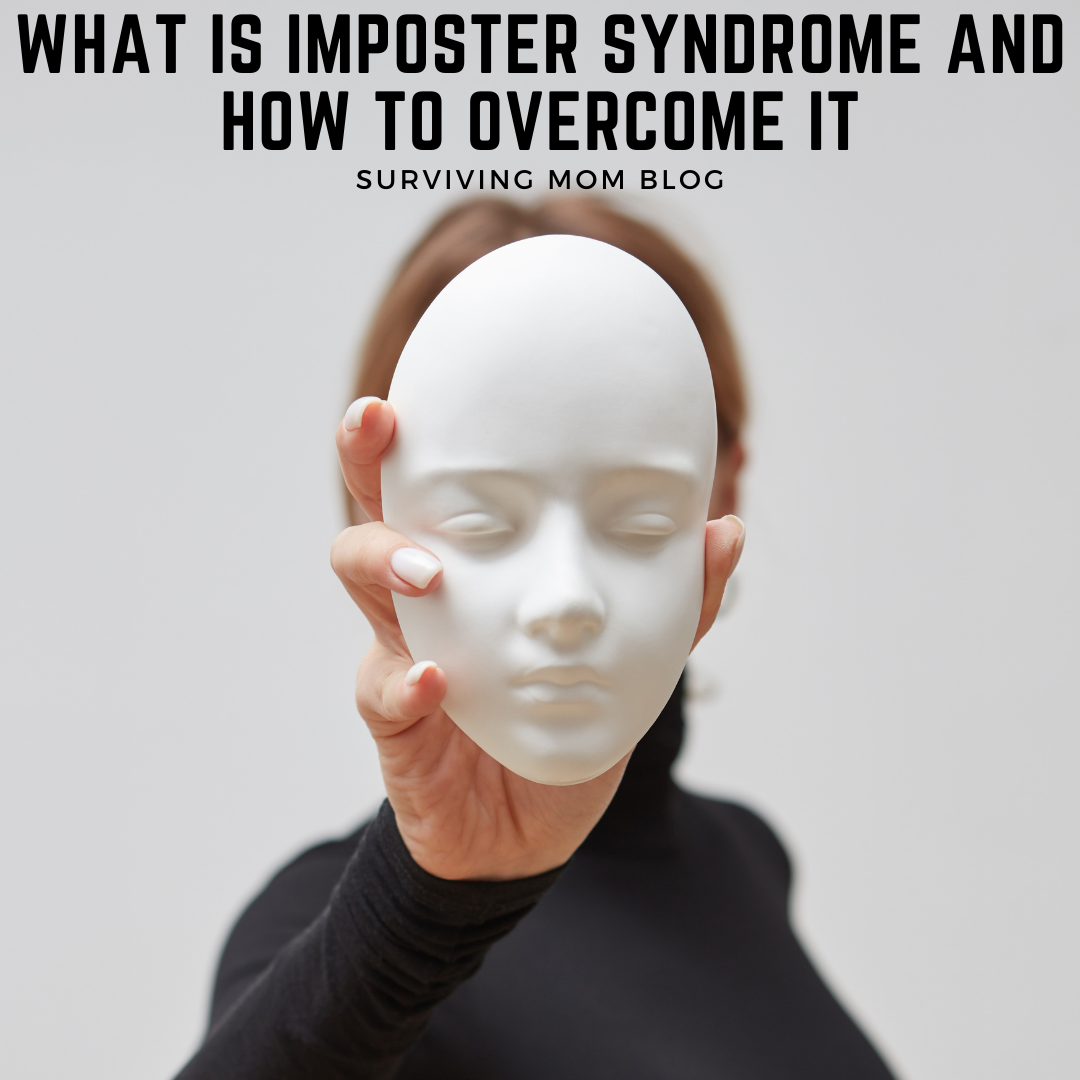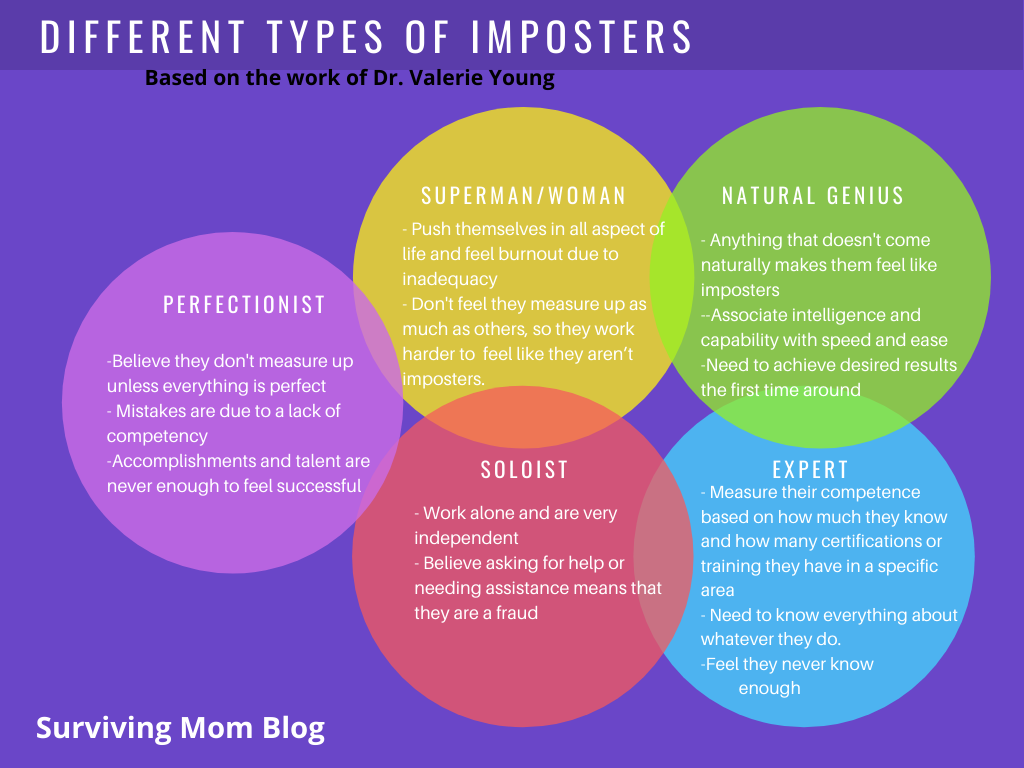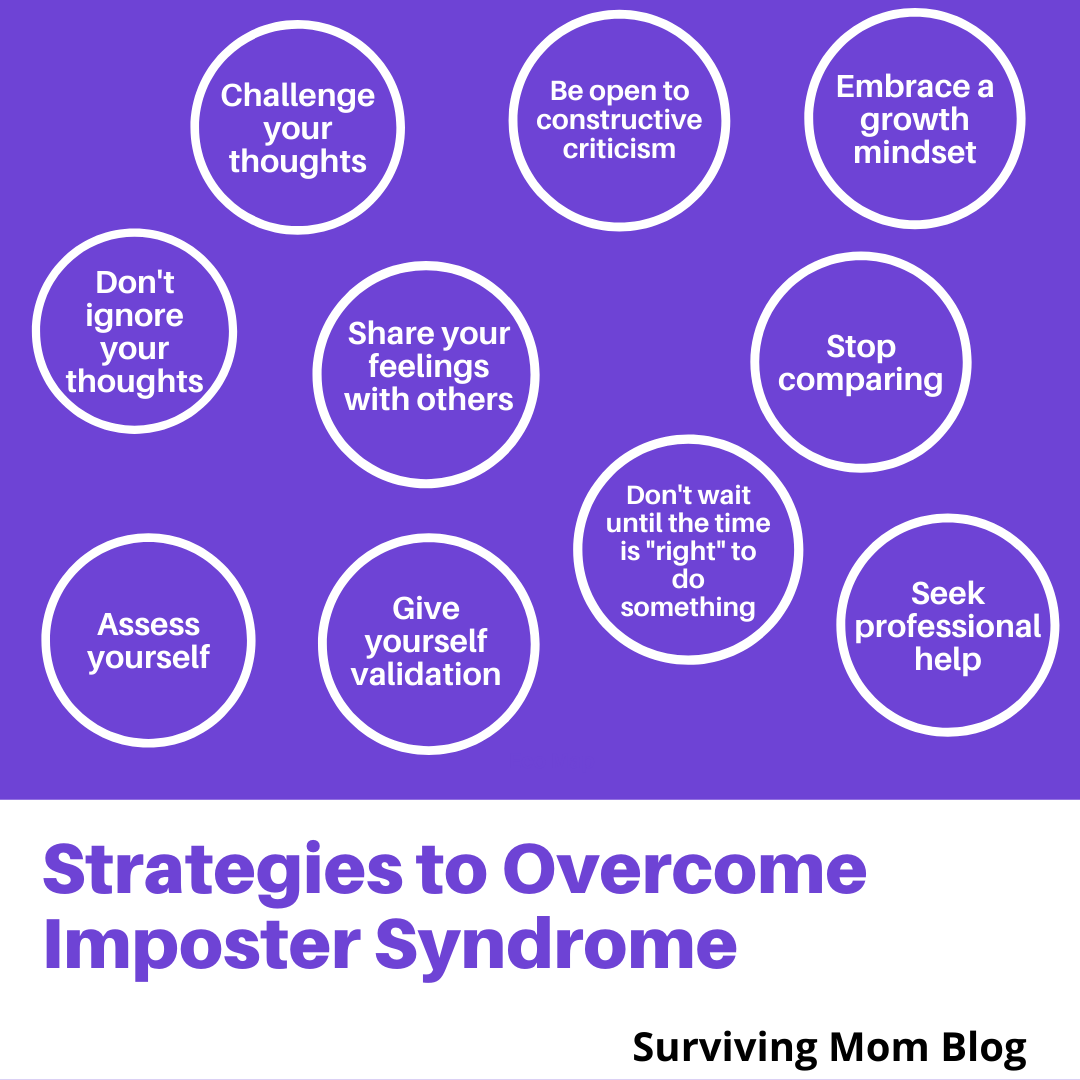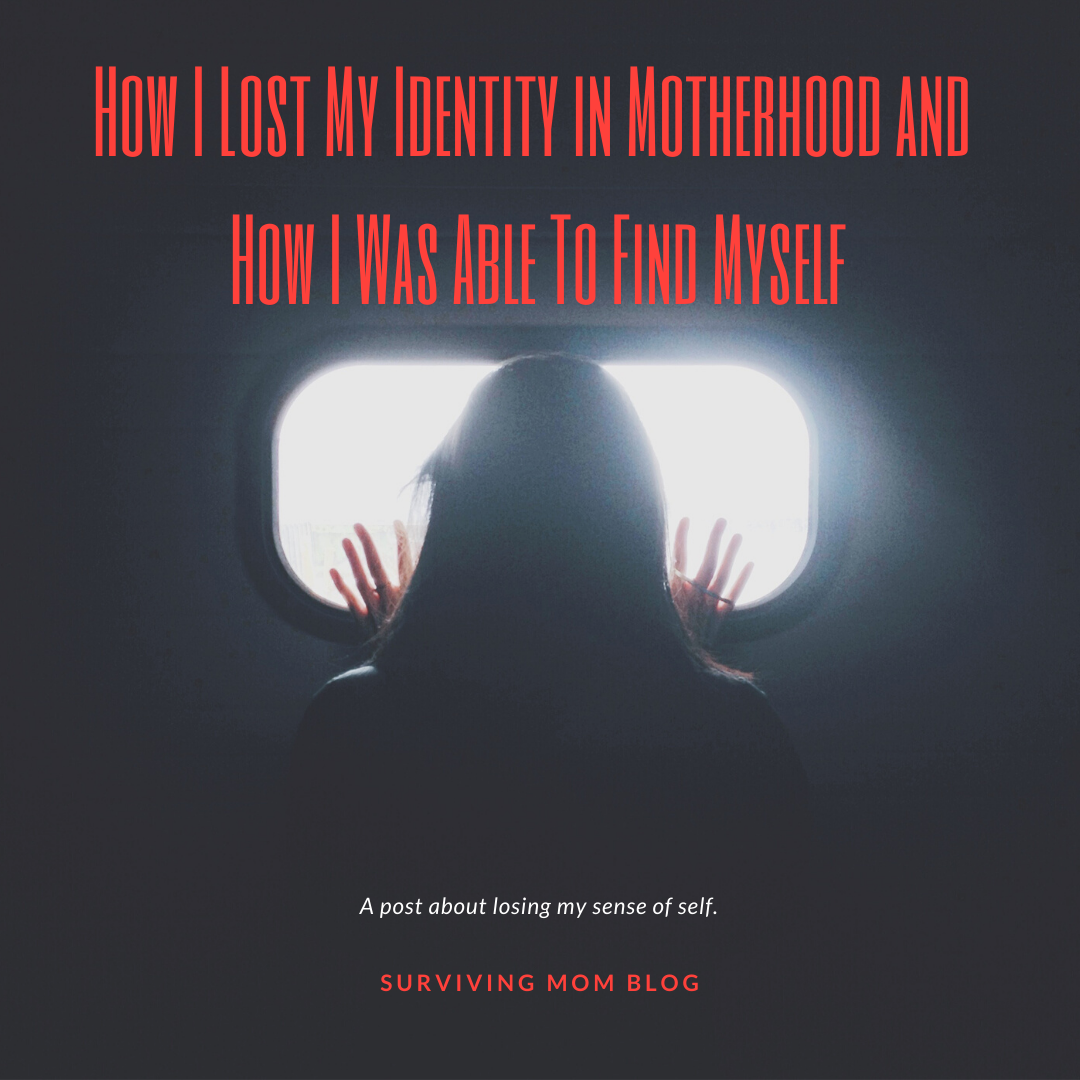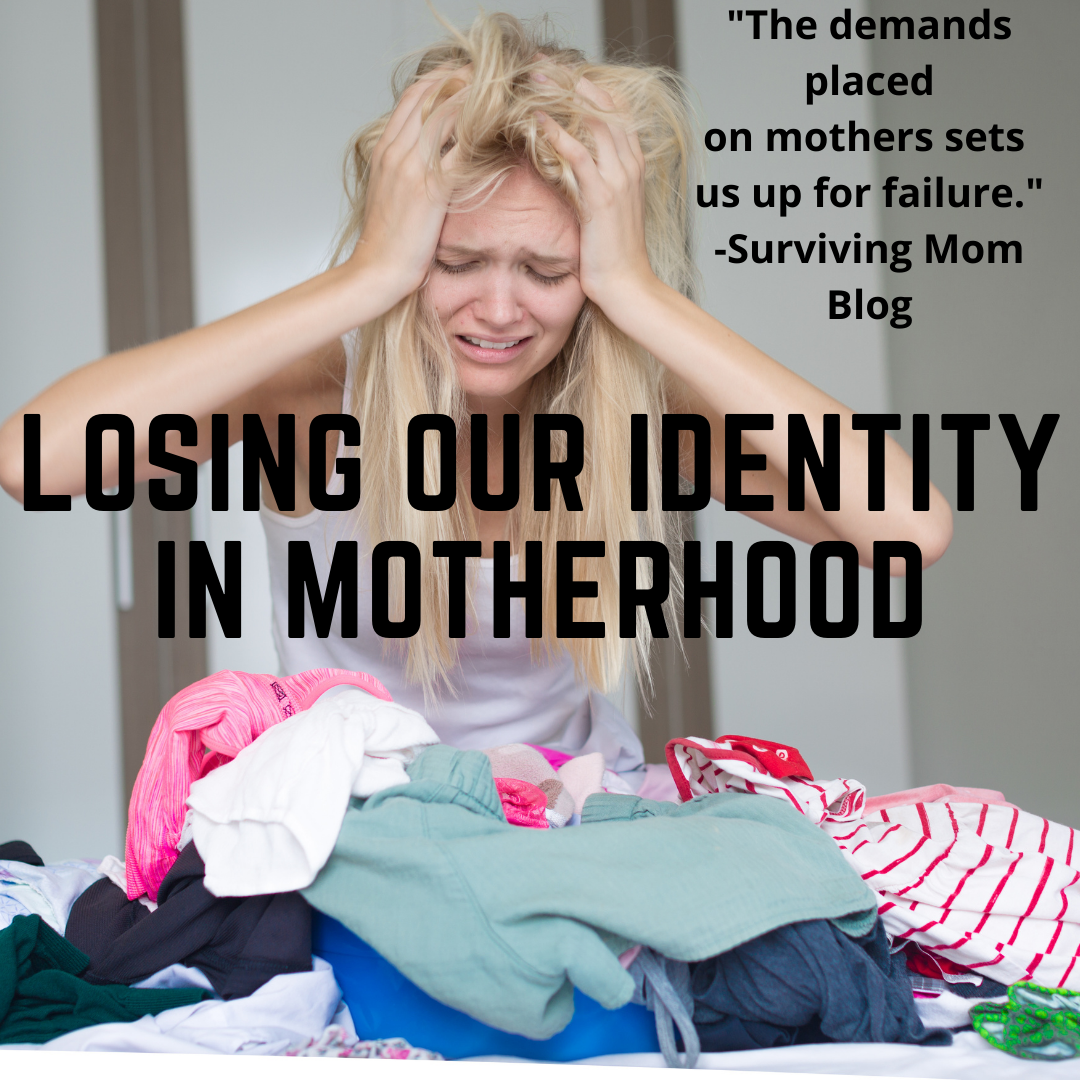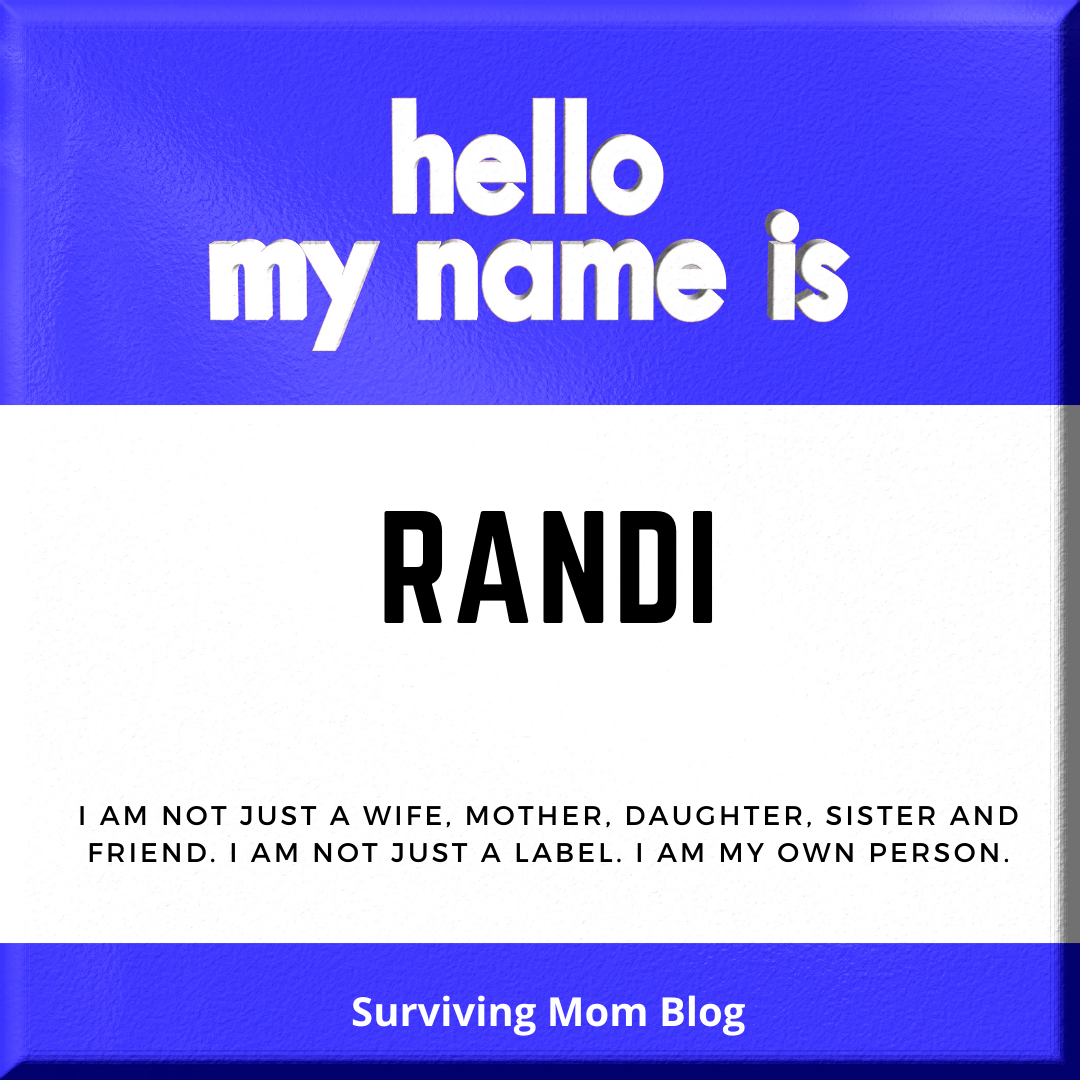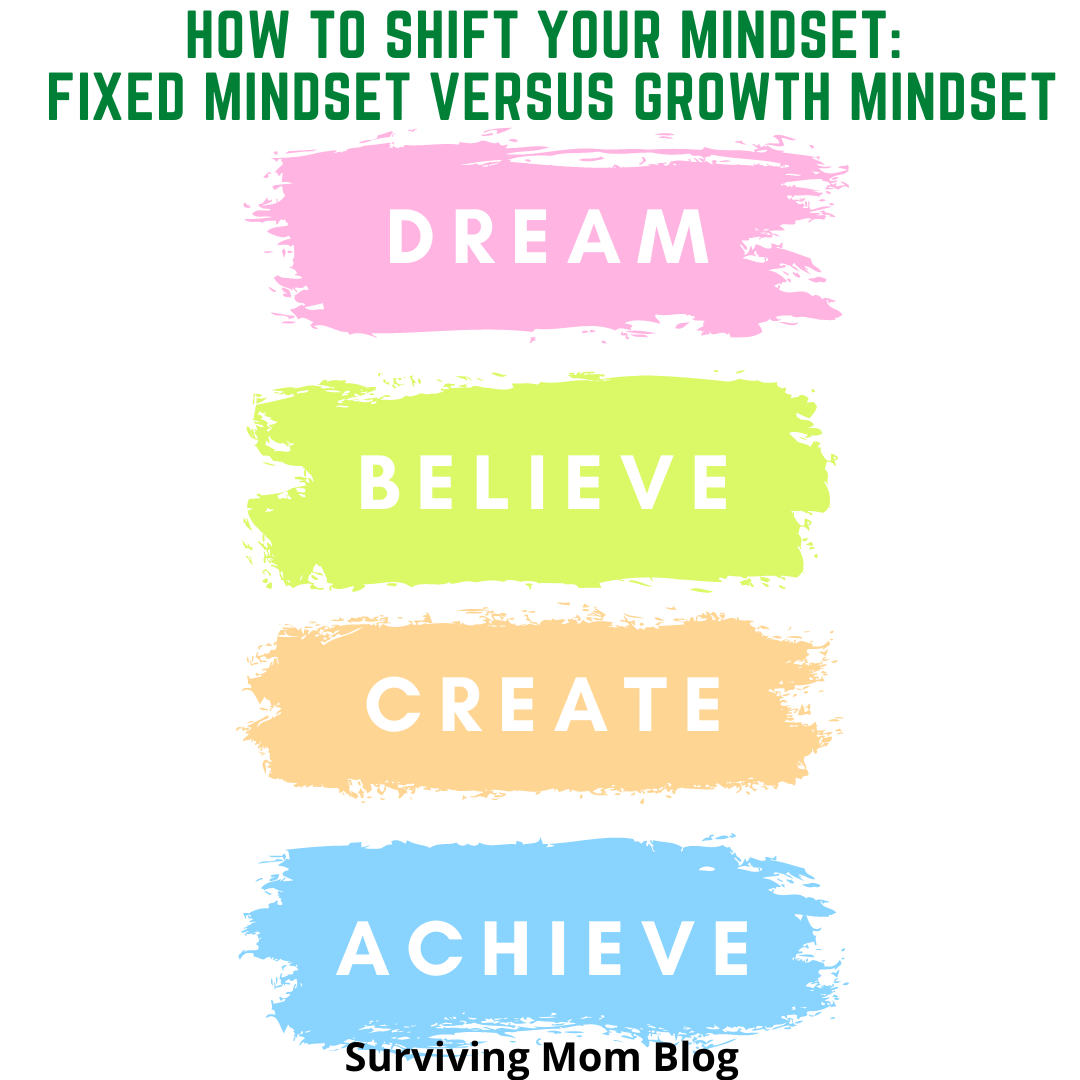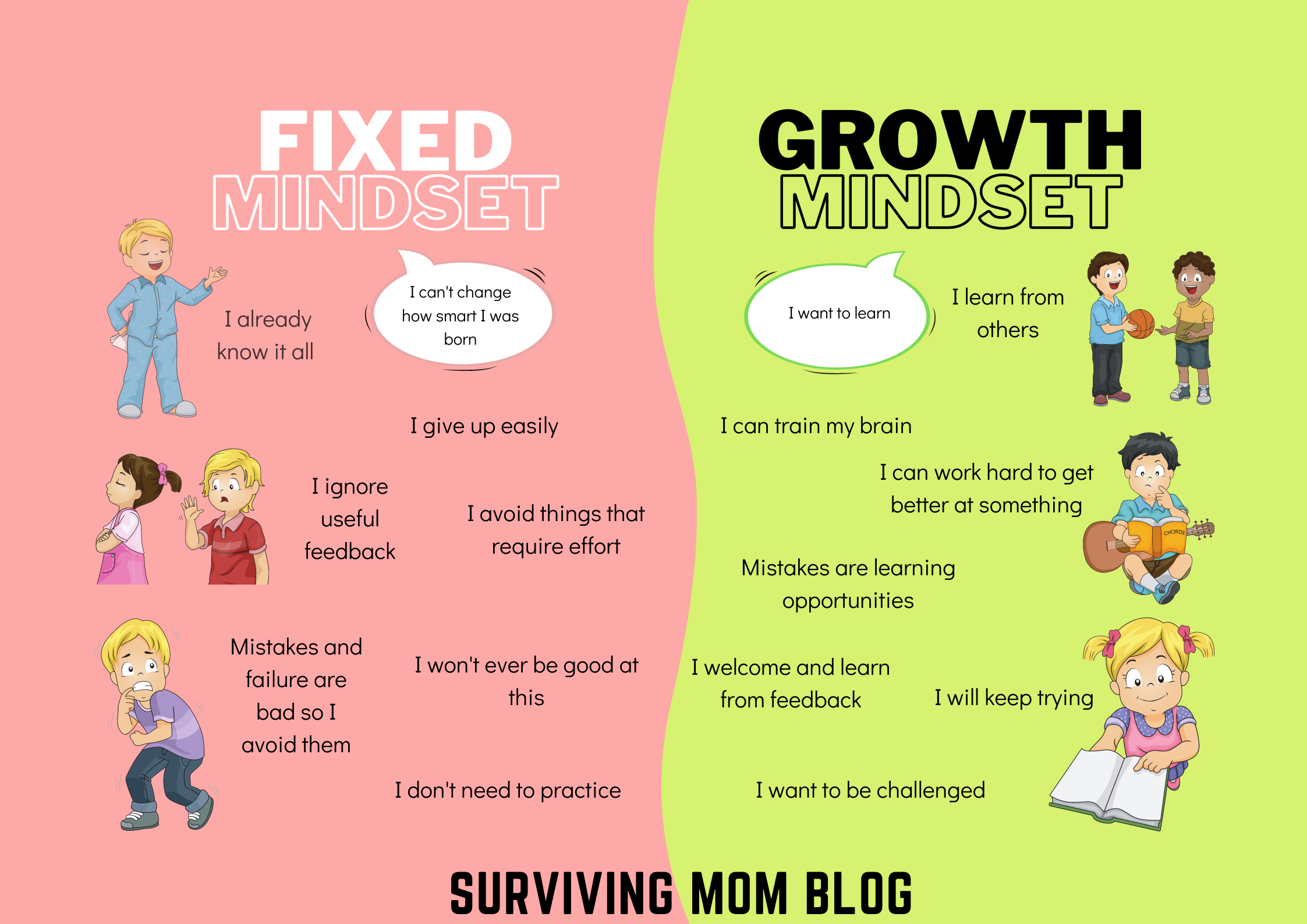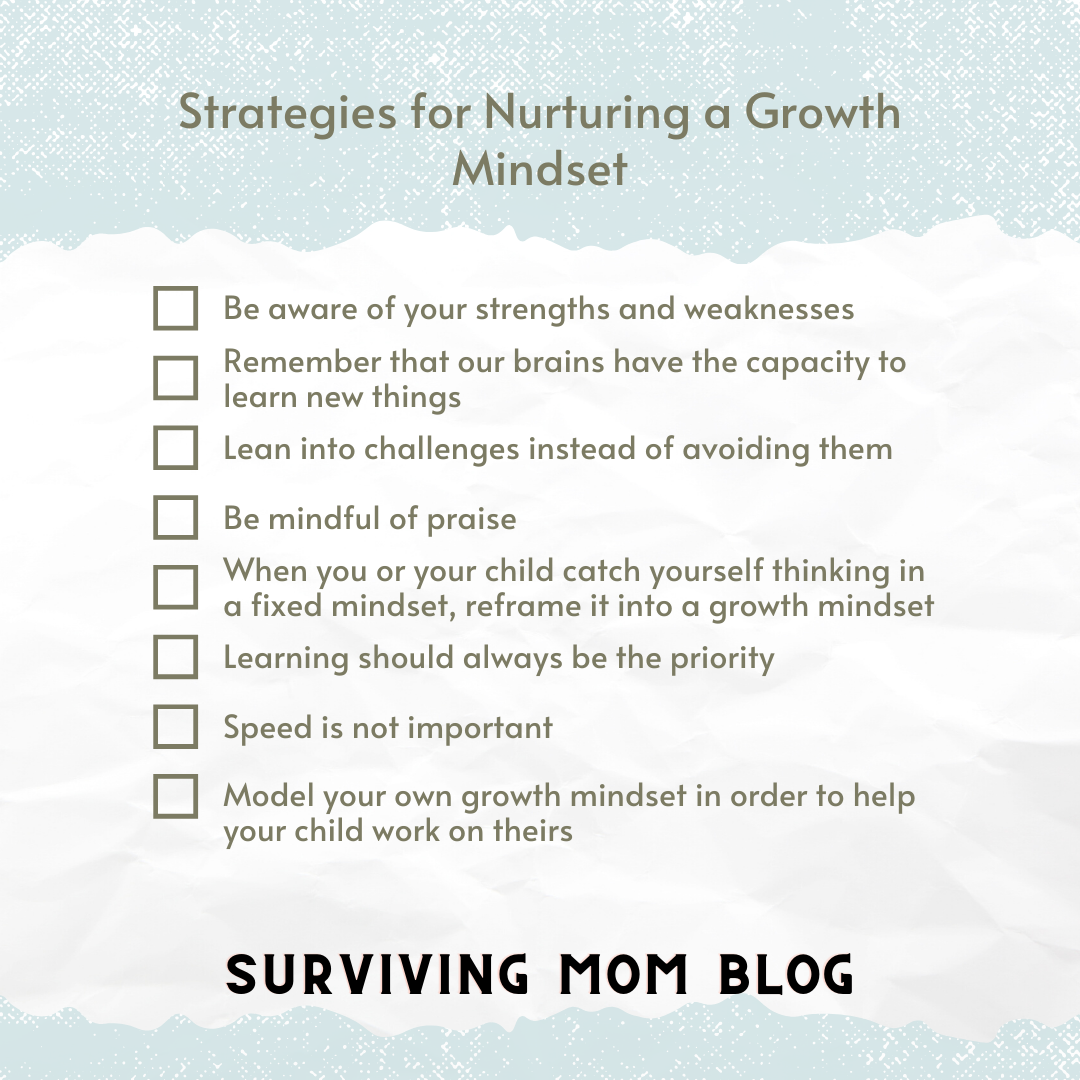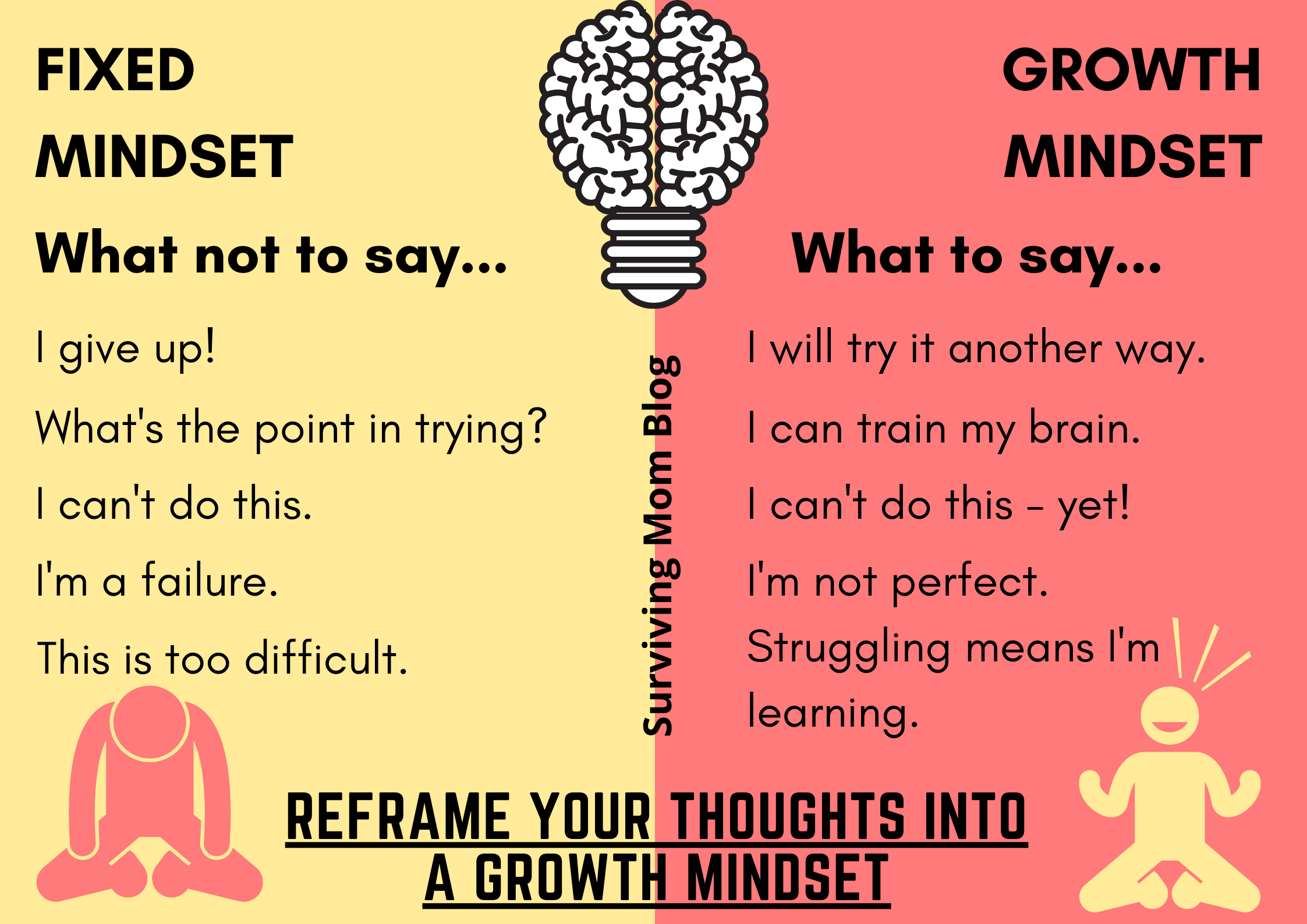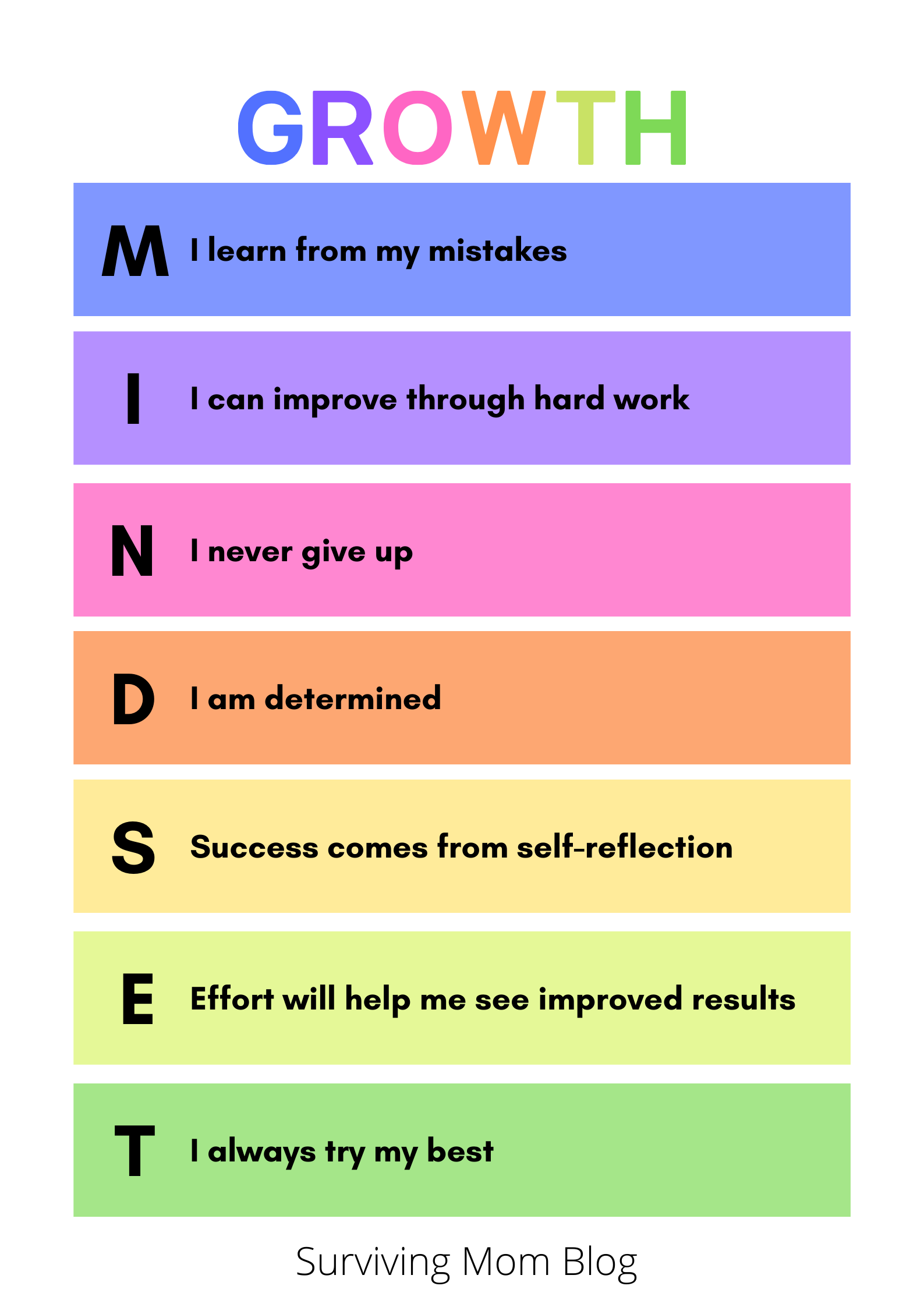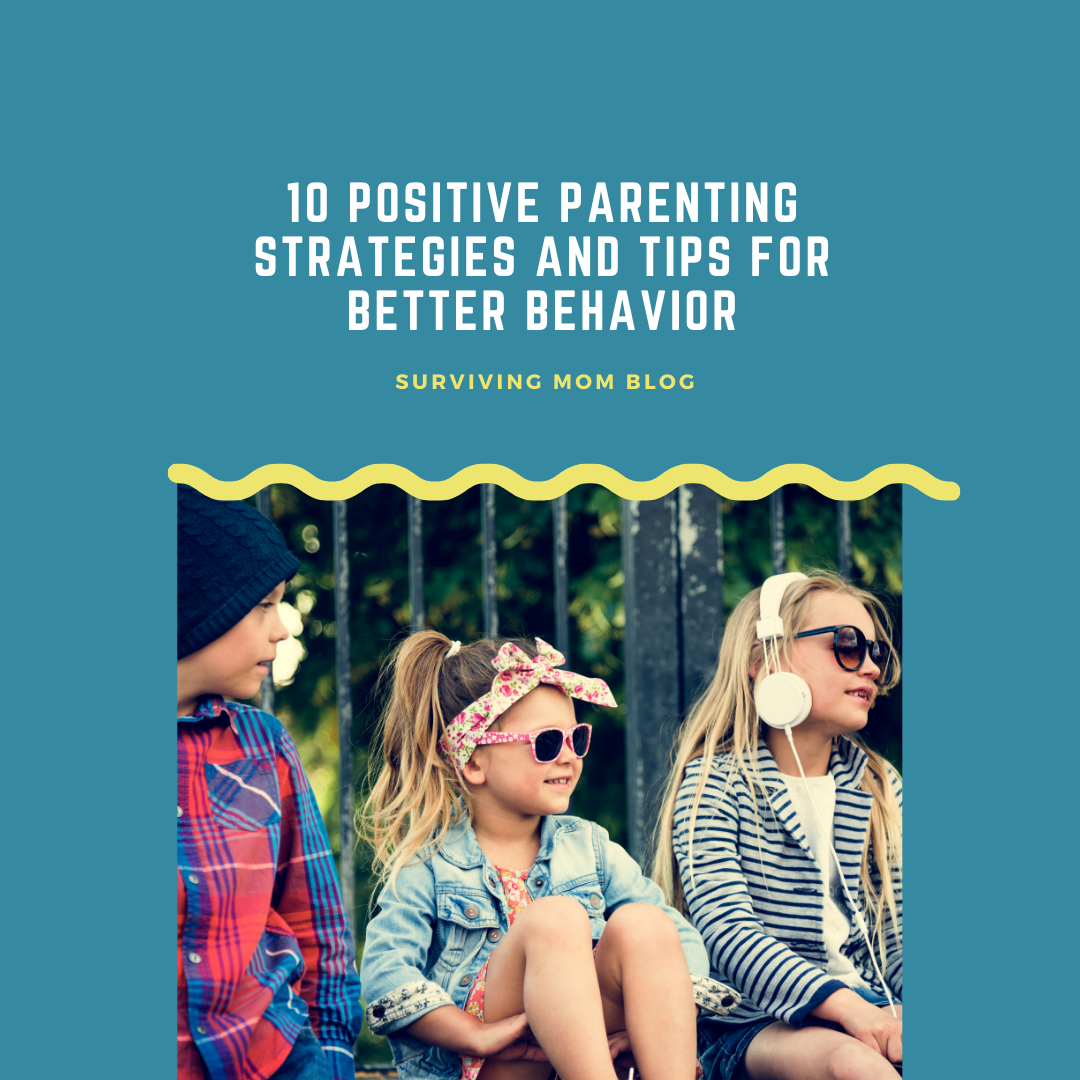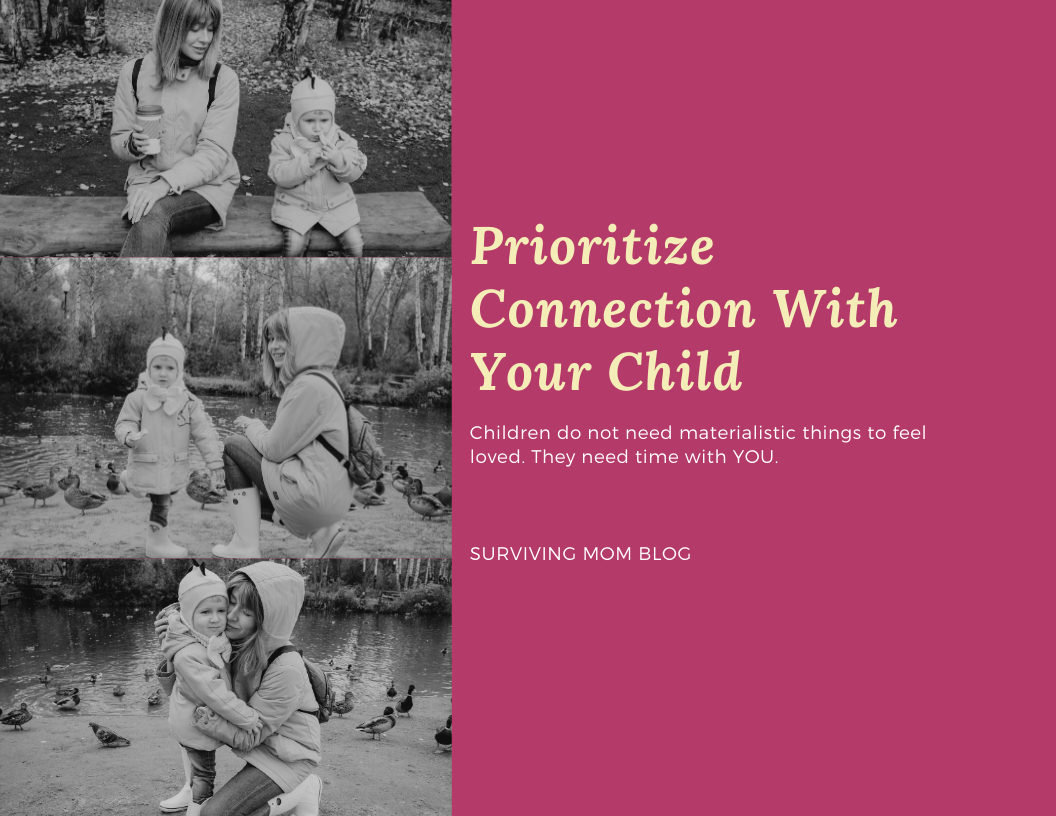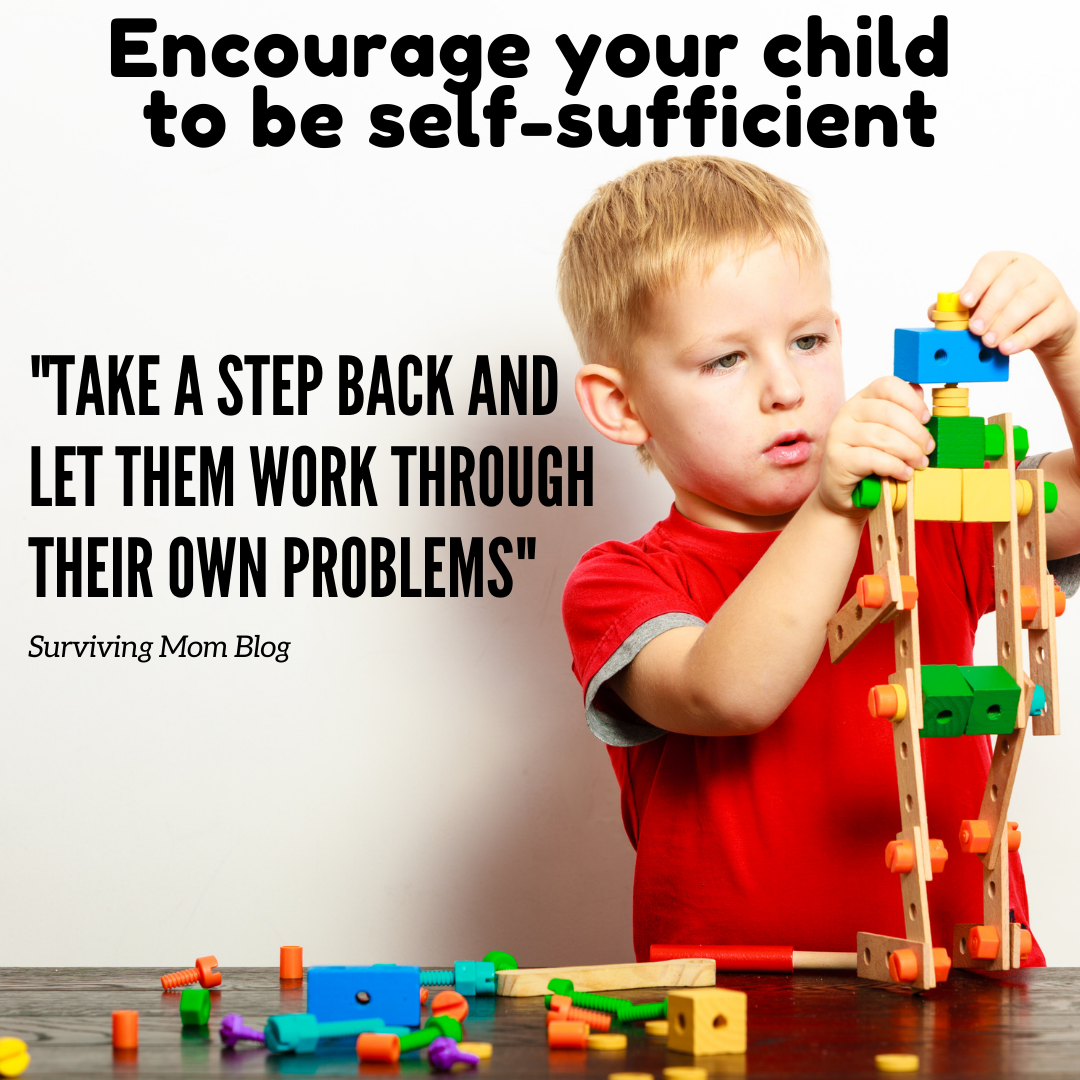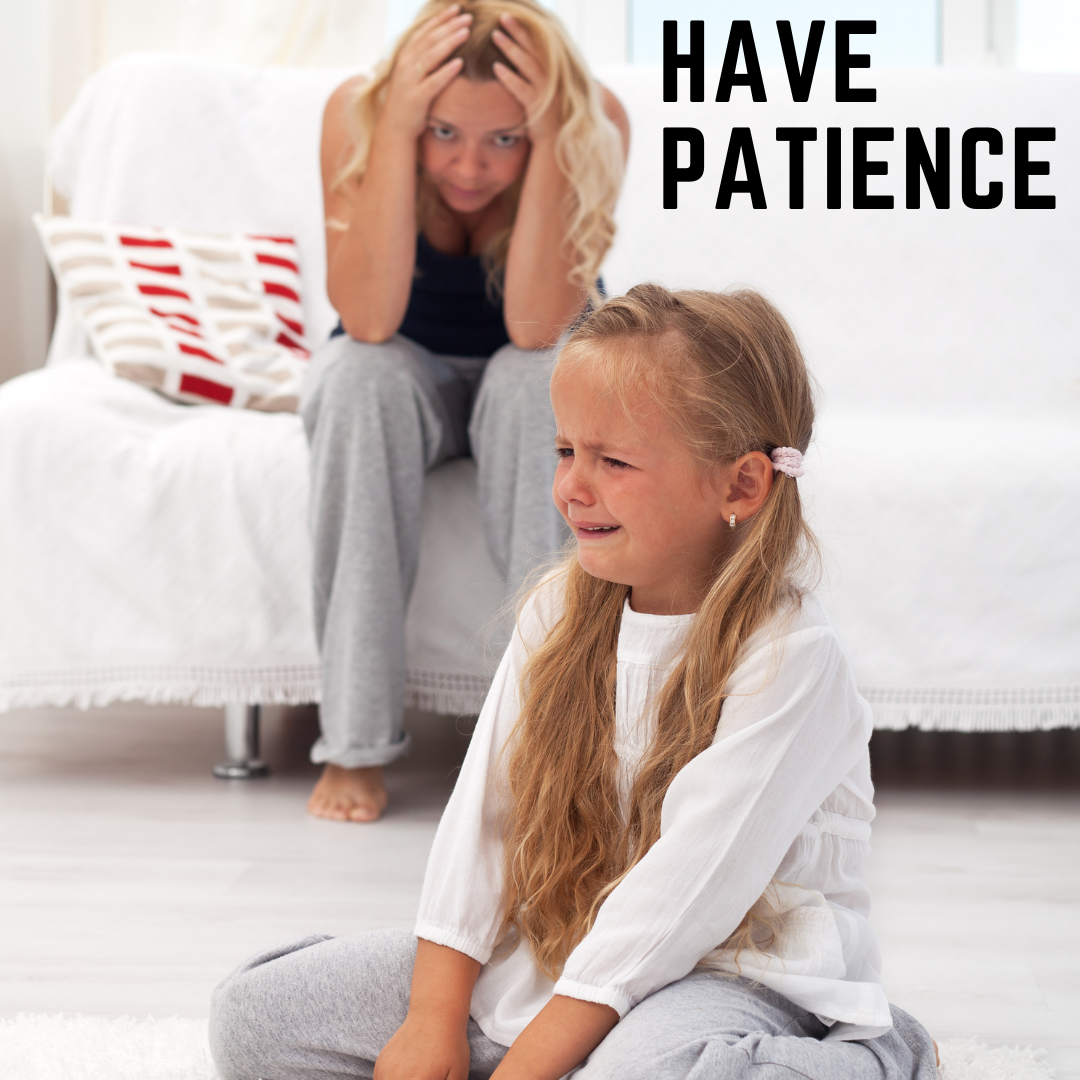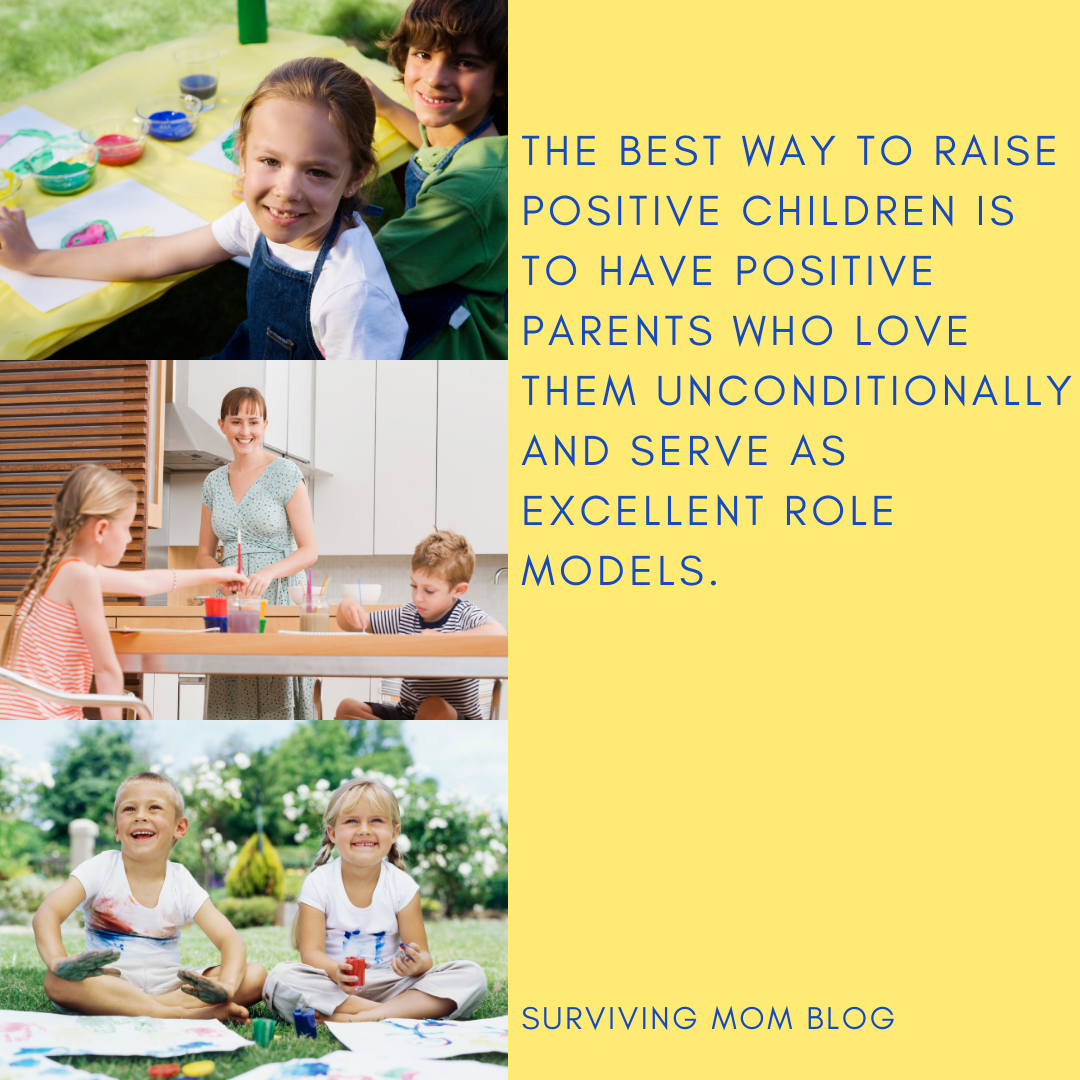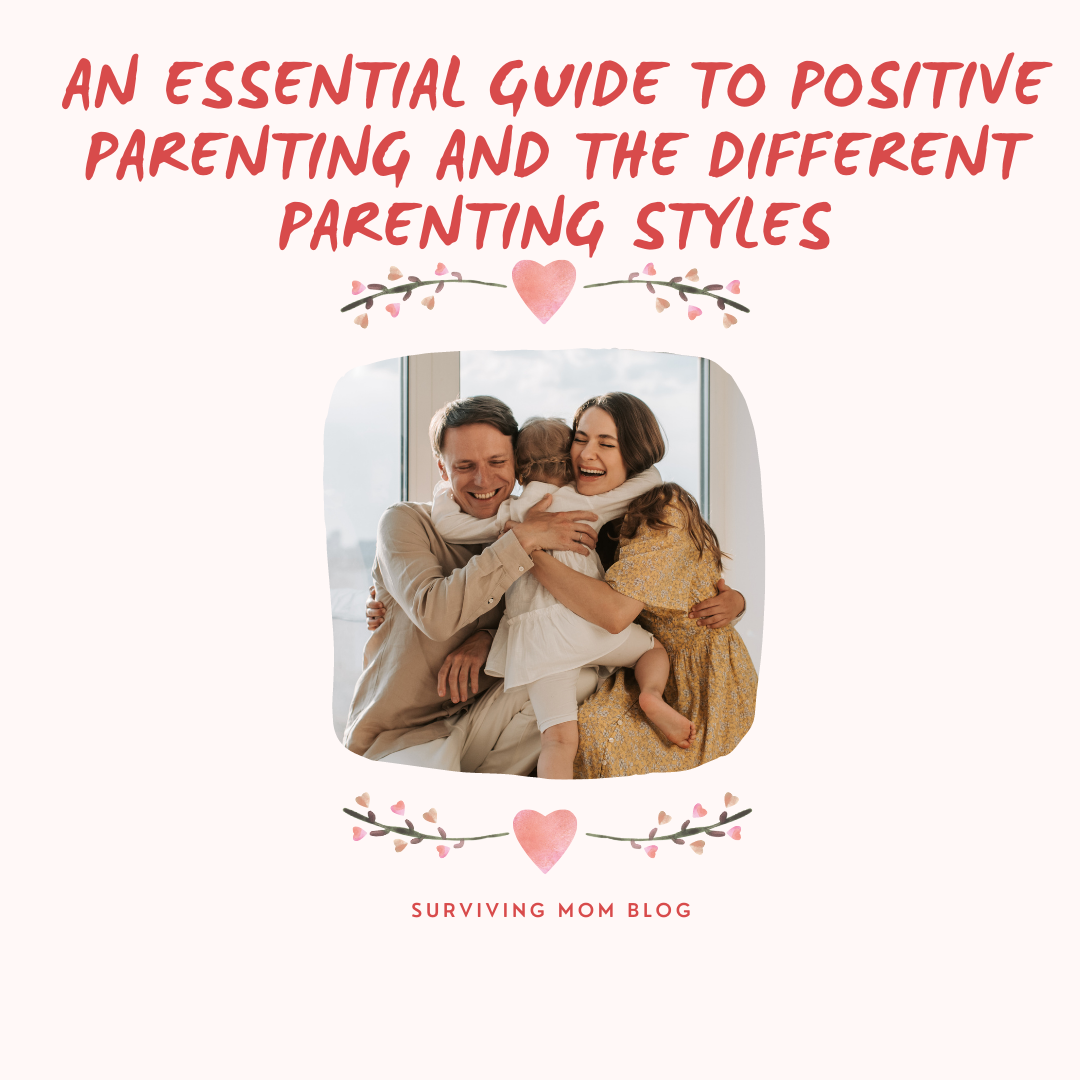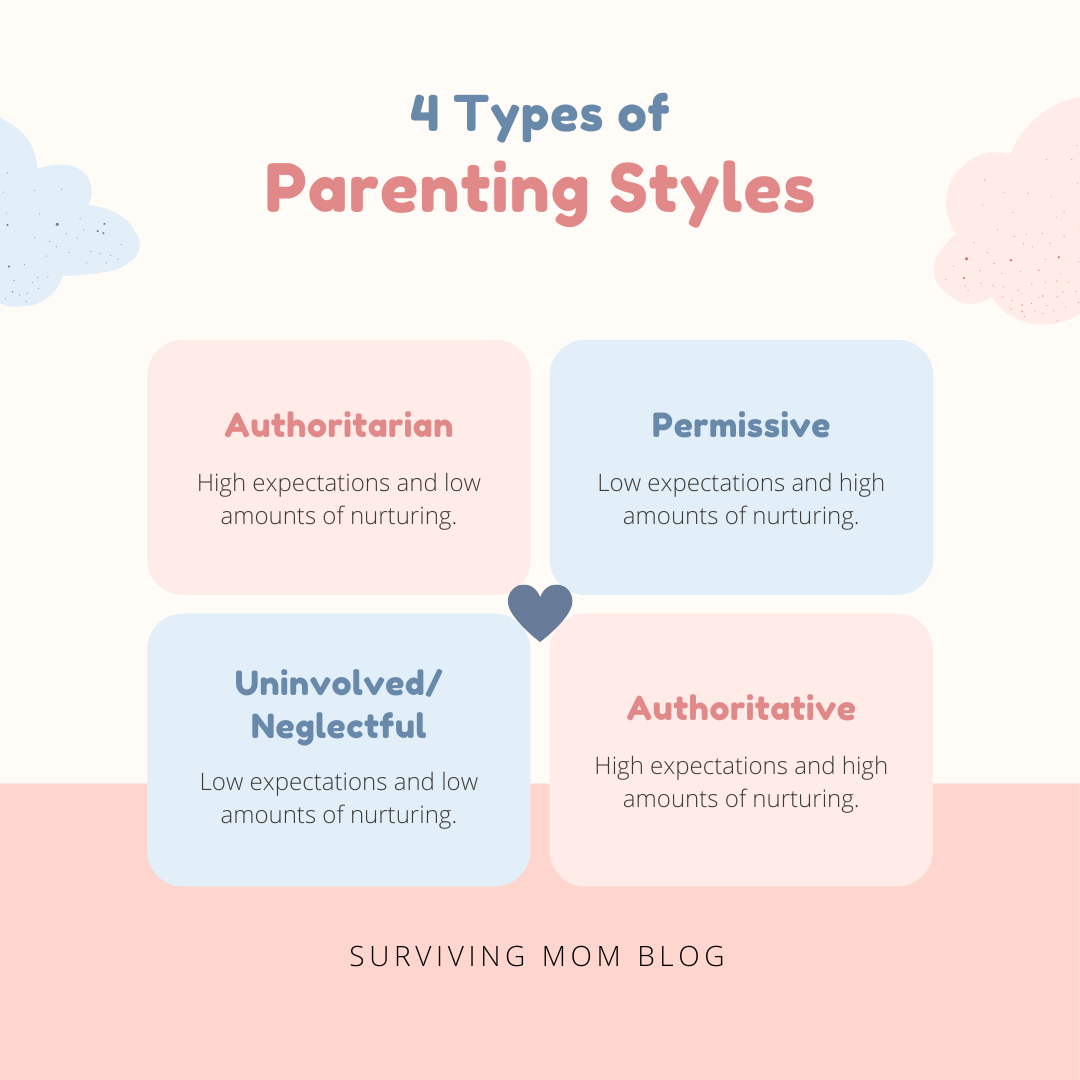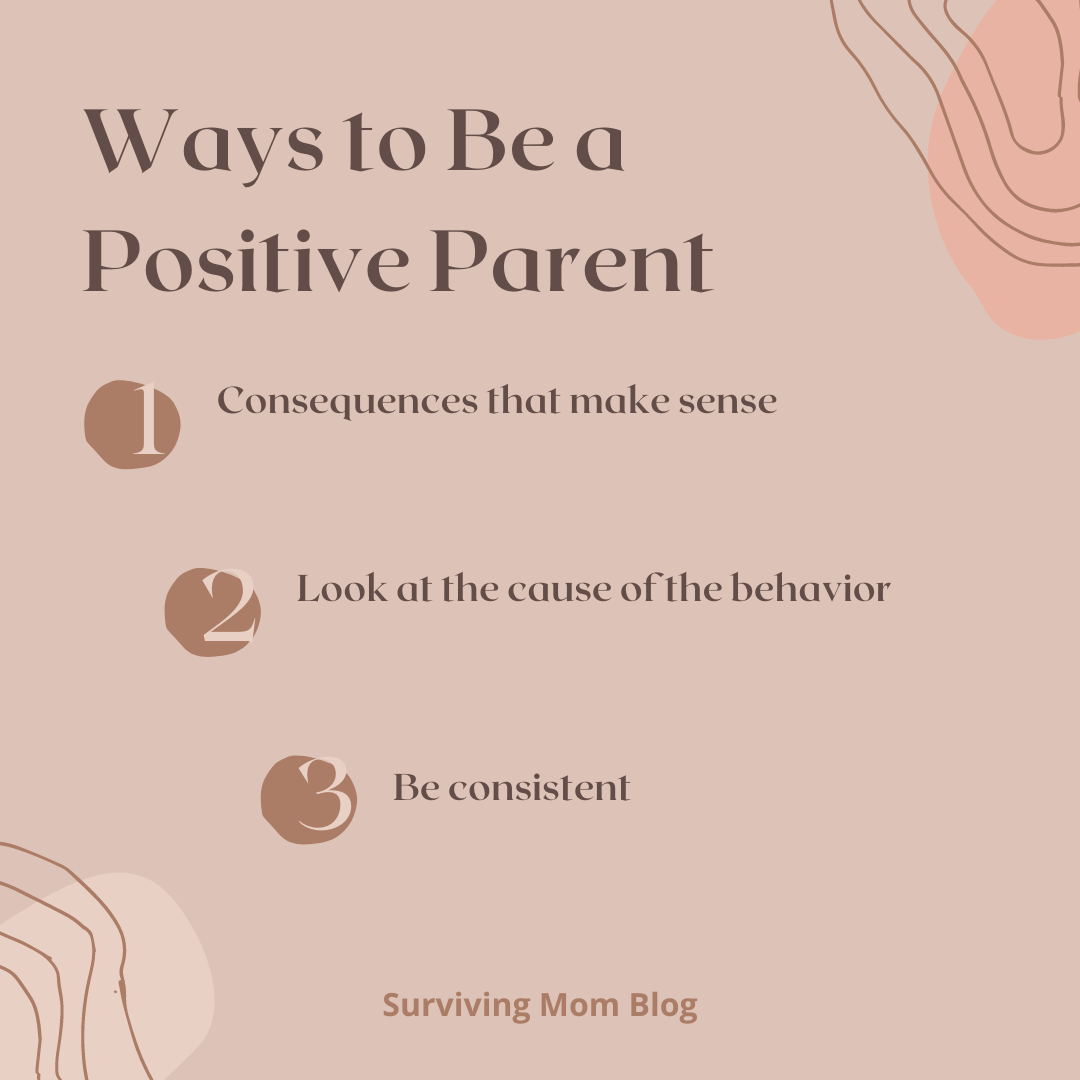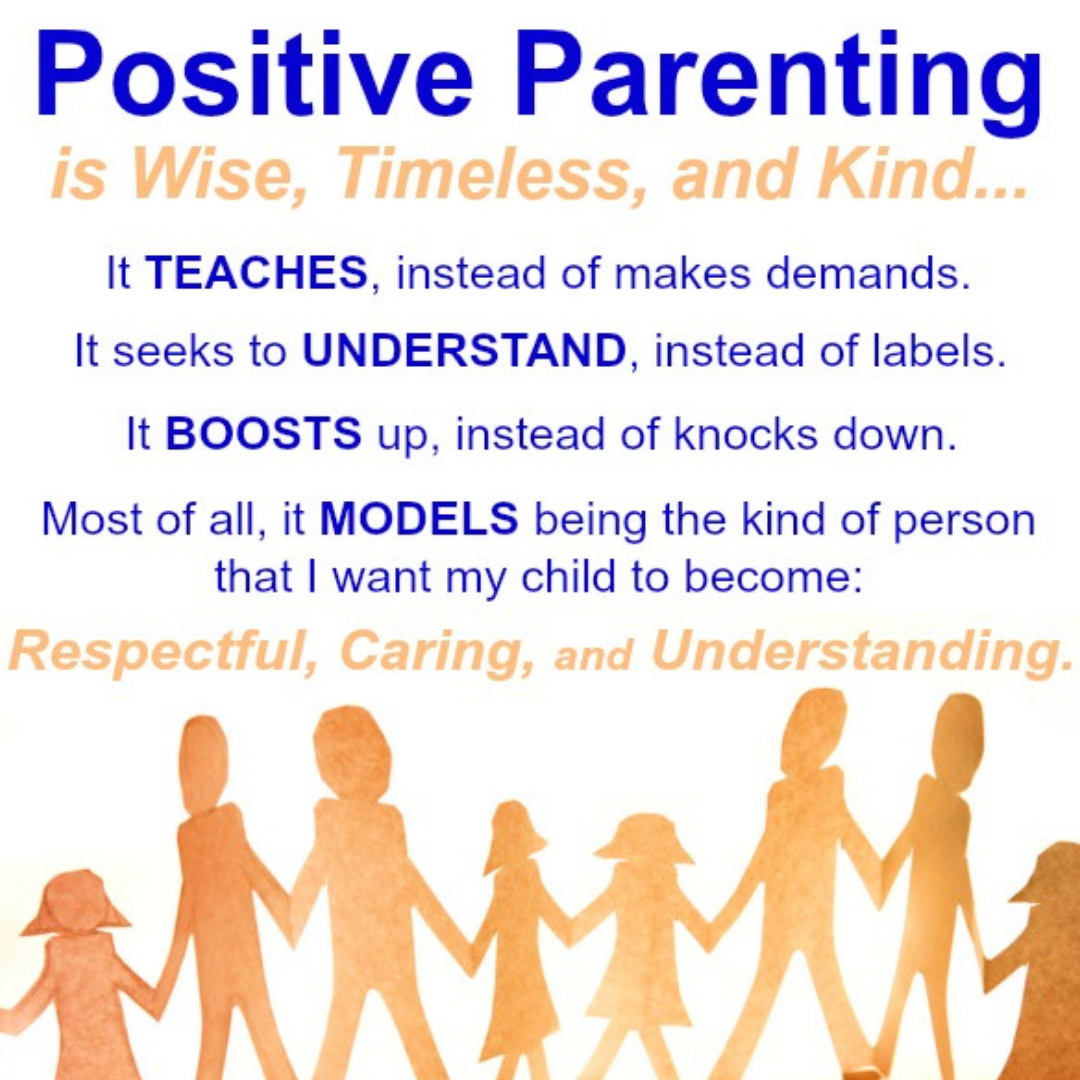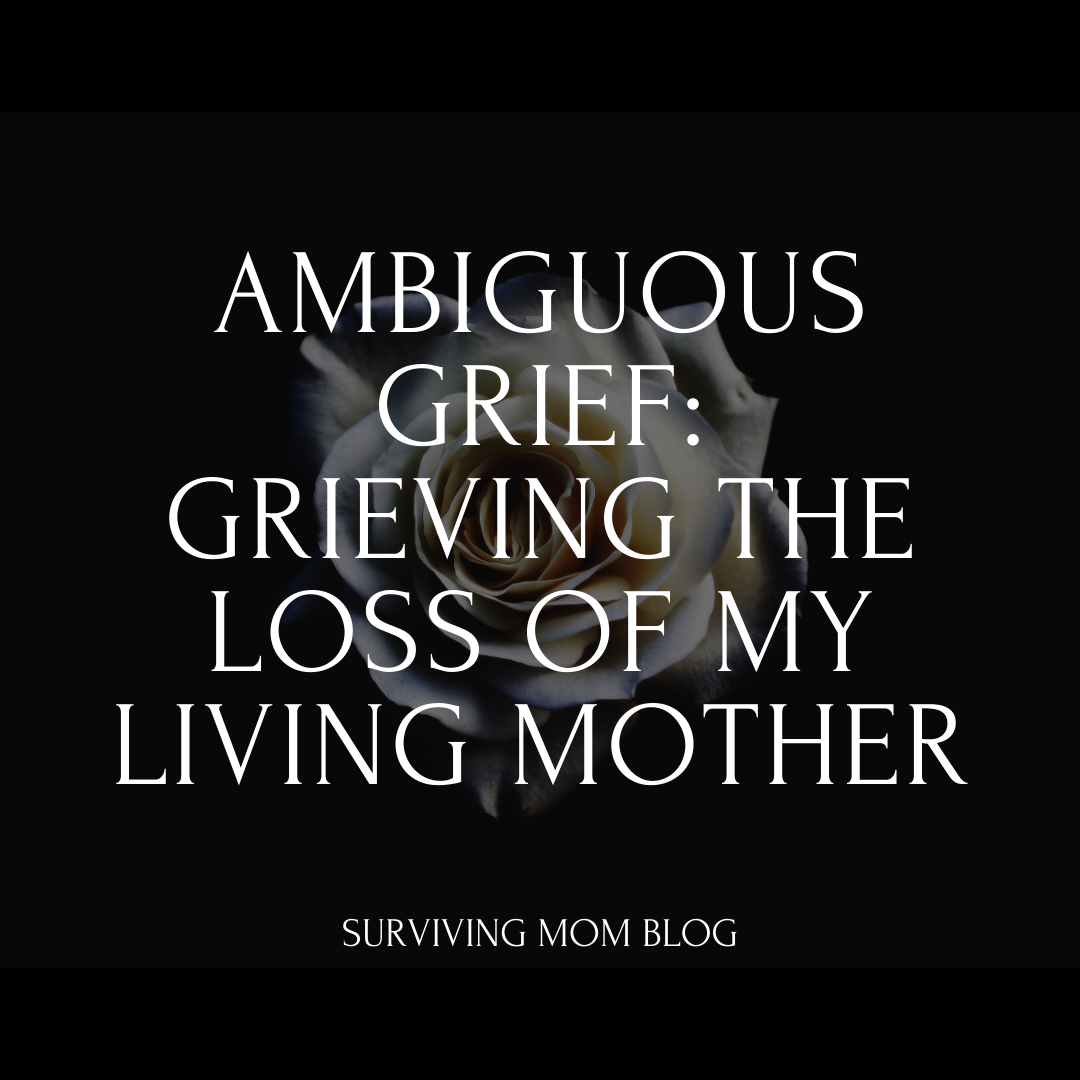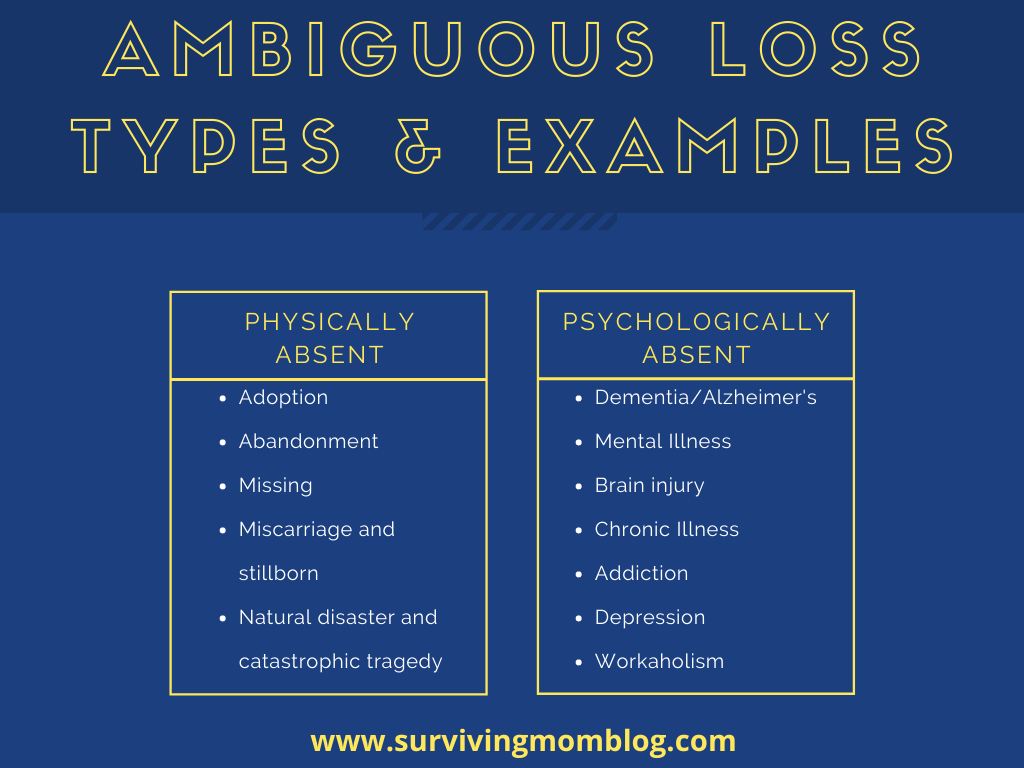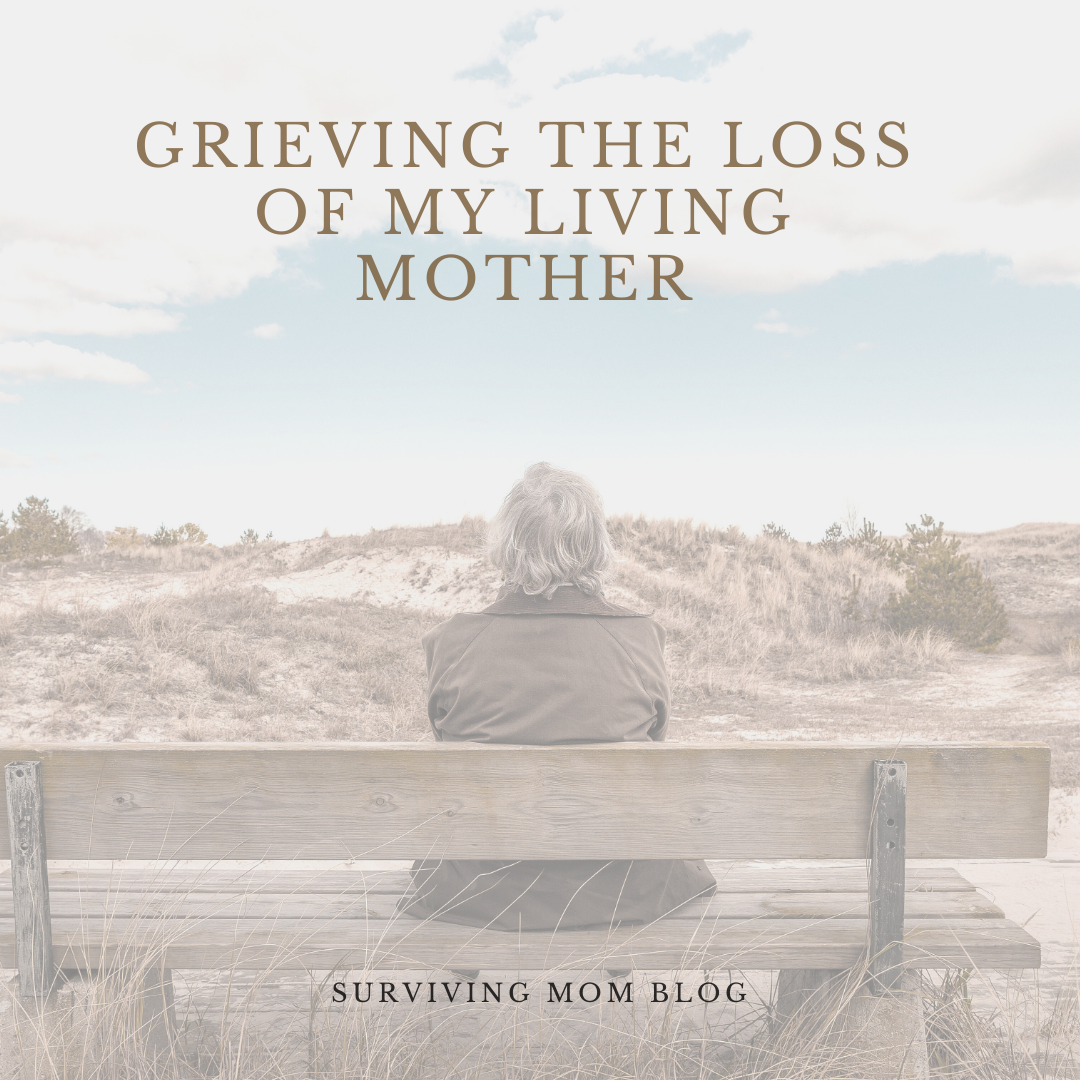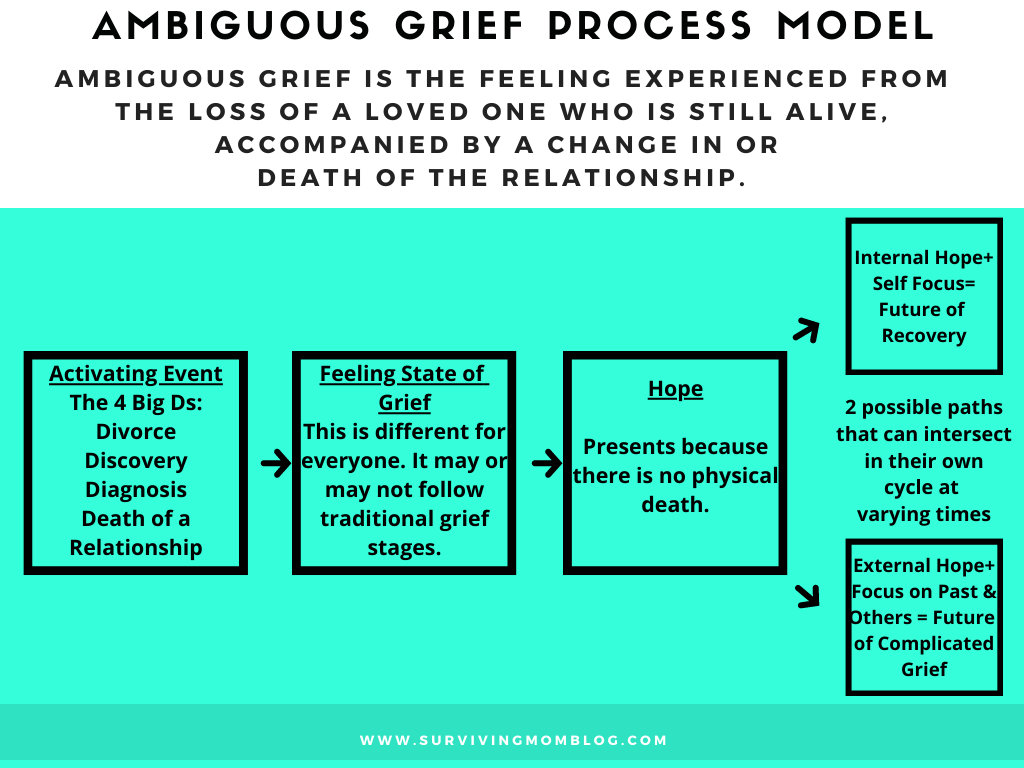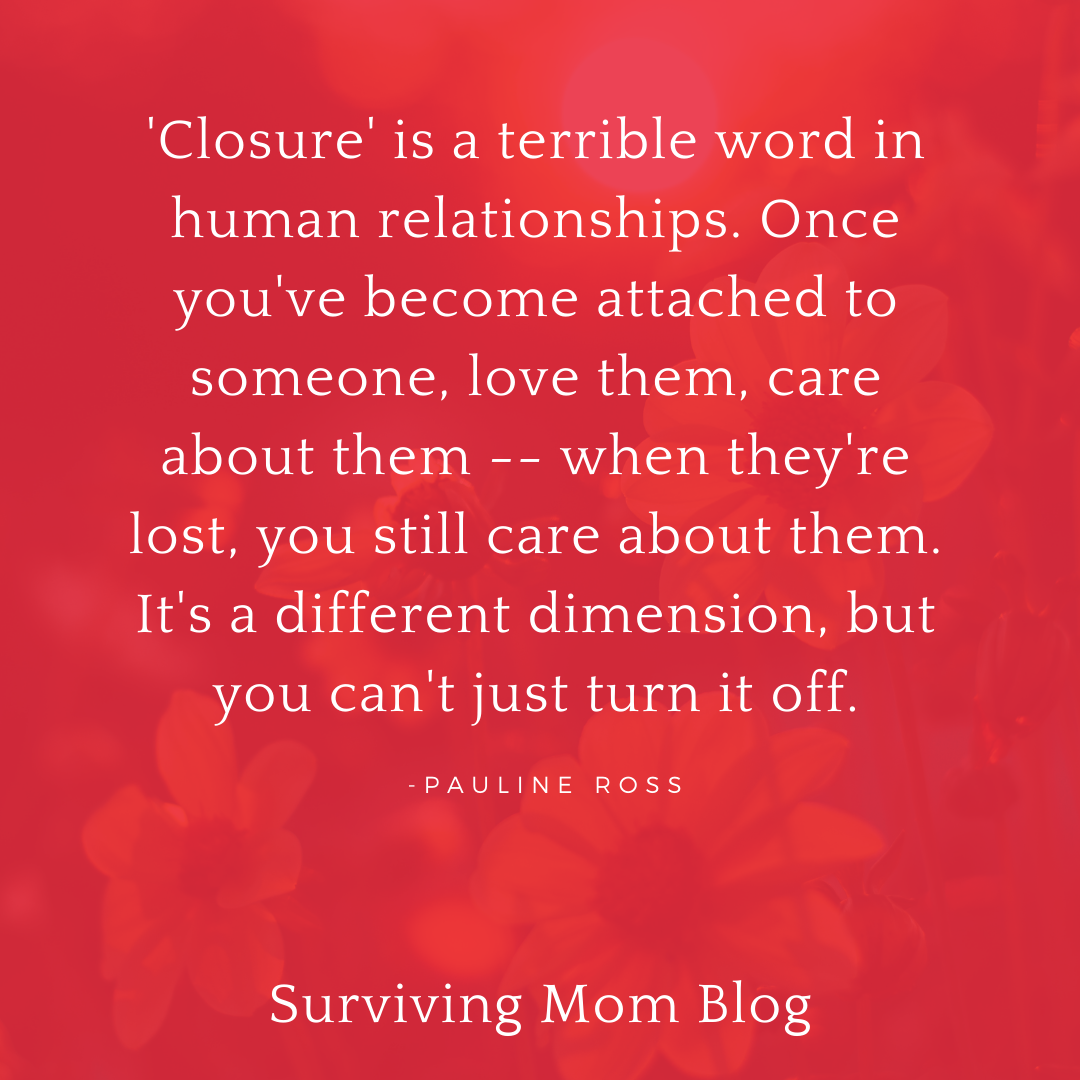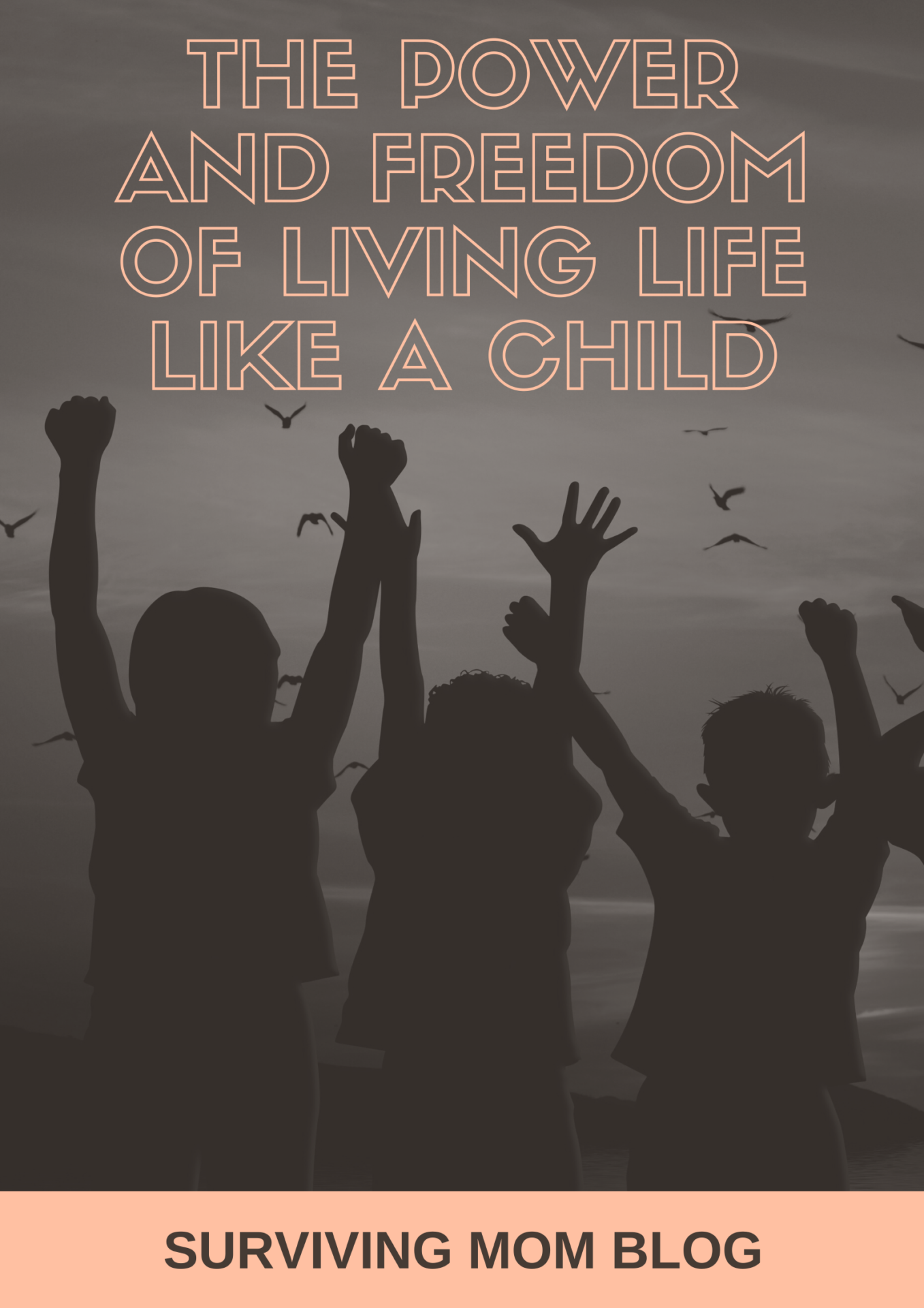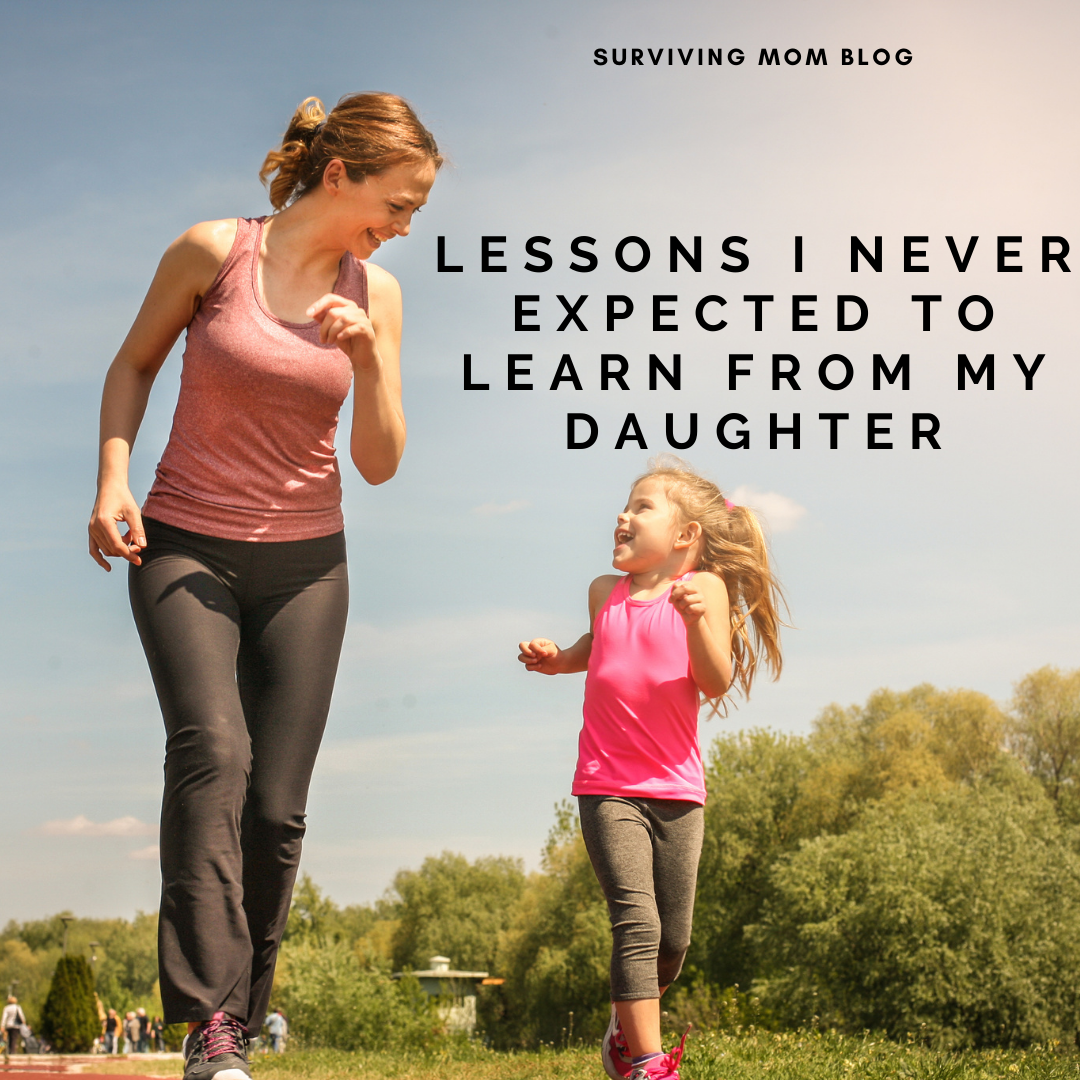
As a parent, it is my responsibility to teach my daughter. However, I have a confession. My daughter has taught me more than I could ever teach her. Even as I homeschool her, the lessons I learn from her far surpass the ones I instill in her. I never expected to learn so much about myself from my child, but I have. There are too many to list, but here are some of the lessons I have learned from my daughter:
(1) Laughter is the best medicine
Being a grown up is filled with responsibility. With all of life’s obligations, it is easy to forget about the magic of laughing. My daughter taught me that there is no more beautiful sound than the sound of your child’s laughter. The lesson I learned from my daughter is the importance of taking the time to laugh daily. In truth, I have never laughed more than when I am around Brielle, and it has done wonders for my well-being.
(2) It is okay to make mistakes
I grew up feeling that making mistakes was a sign of failure. Once I became a parent, all dreams of perfection went out the window. I make mistakes as a parent all the time. My daughter has taught me that it is okay to make mistakes. When she makes mistakes, she doesn’t judge herself. She has never felt that her mistakes make her any less lovable or less worthy. I learned the important lesson that mistakes are part of life, and that all we can do is learn and grow from them.
Learning that it was okay to make mistakes as a mom was a huge weight lifted off of my shoulders. I realize that being a perfect mom is impossible, and that is okay. My daughter shows me daily that she doesn’t want or need a perfect mom. She wants a mom that loves her, supports her, and will be there for her.
(3) I learned the true meaning of unconditional love
My daughter taught me that the love between a parent and a child is unconditional. There is nothing Brielle could ever say or do that would change the love I have for her, and she accepts and loves me just as I am. Of all the lessons I have learned from my daughter, I think this one is the most important.
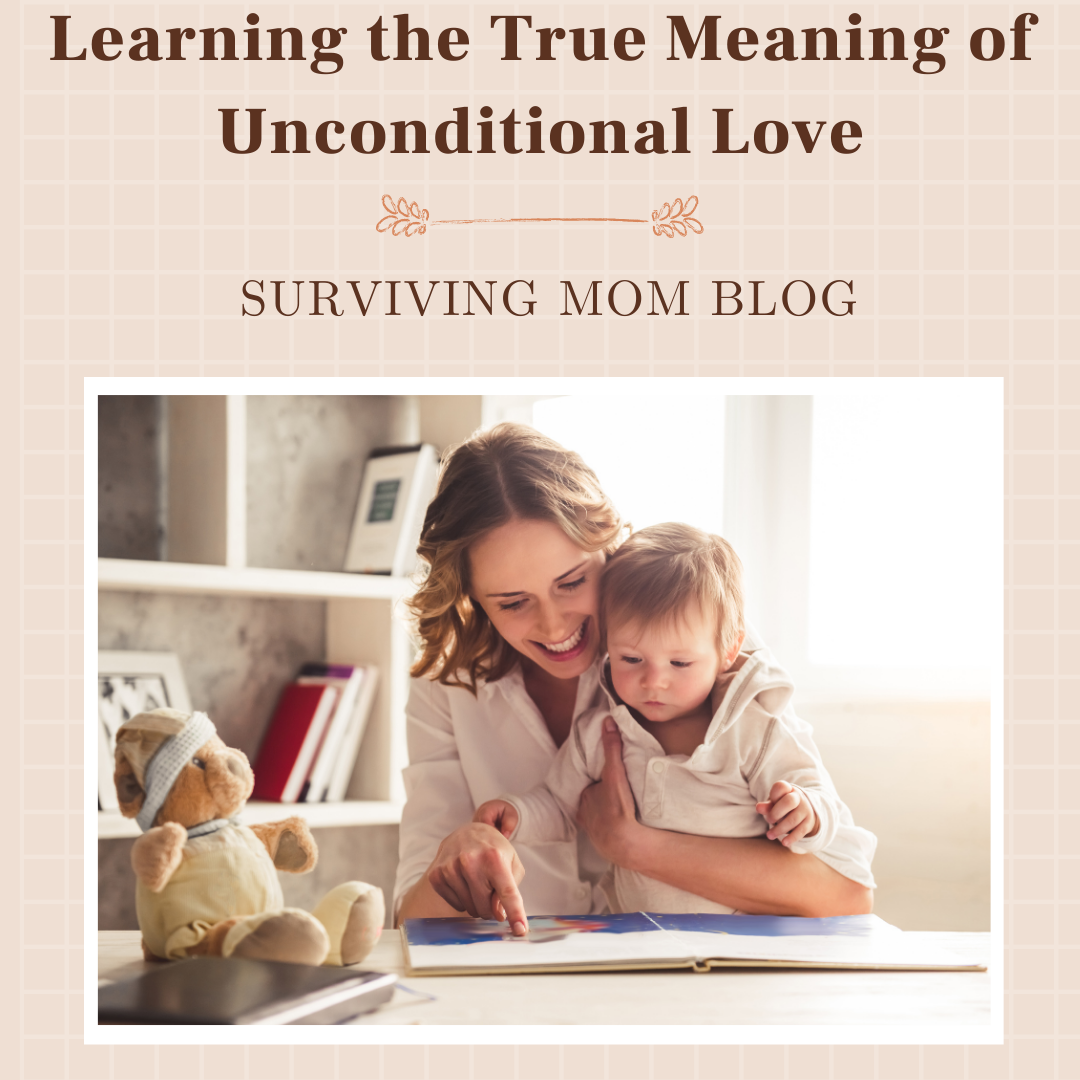
I struggle with anxiety, and there are many times when I wish I said or did things differently. I lose my temper, and I don’t always model the things I expect of her. She has seen me at my best and at my worst, but she still tells me I am the best mommy in the world. She loves with all of her heart and without any expectations in return. Having that kind of love in my life is the greatest gift I have ever received.
(4) You can’t prepare for everything
This is a lesson that my daughter teaches me time and time again. As someone who feels anxious, I try to prepare myself as much as possible for upcoming events. However, my daughter taught me that nothing I imagined could prepare me for being a mother. I can read every book (which I have) and still something will come up that is unexpected. Children are unpredictable and you cannot prepare for what they will throw your way. My daughter has taught me that life cannot be planned, and sometimes all you can do is go with the flow.
(5) Enjoying the present time
I was always on the go, juggling responsibilities and trying to be everything to everyone. That went out the window when I had my daughter. Children live in the moment. They embrace the here and now, and they give their full attention to the things they love. My daughter taught me the importance of slowing down and taking time to just be. When I play with her, all of my concerns about my to-do list go out the window. Playing with her, snuggling, and making forts with her are some of my happiest times because I am embracing the moment.
(6) You can learn to love yourself by loving someone else first
Although I feel it is great if you love yourself before you enter a relationship, my daughter taught me that that isn’t necessary. I was very much lacking in the self-love department when I became a mom. However, becoming a mom made me want to be better for my daughter and for myself. I wanted to be a good role model for my daughter, and her love helped me to learn to love myself.
(7) The best moments and things in life are the simple ones
Forget about fancy trips or materialistic things. My daughter finds happiness in the little things. She will squeal with excitement about a candy bar, a beautiful bird, and flowers. The lesson I learned from my daughter is that the small things are what matter. Brielle’s homemade cards and her hugging me with all of her might are priceless. I try to enjoy the simple moments because those are the ones I will look back and remember most. The little moments with my daughter like lying in the grass and telling each other jokes are the ones that ultimately add up to be the biggest.
(8) Accept yourself as you are

My daughter is who she is without apology. She has ADHD and struggles with impulse control and focusing academically. Brielle has never complained about why she has these struggles. She has never felt badly about herself for having ADHD.
I vividly remember her telling me, “I have ADHD. So what? I’m still me.” MIND BLOWN. I spent most of my life feeling badly about myself because of my anxiety that can be debilitating. I allowed labels to define me and make me feel shame and unworthy. I learned from my daughter that labels mean nothing. They do not define you. Who you are as a person is what matters. My daughter is a wonderful example of accepting yourself.
(9) In a world where you can be anyone, be yourself
Brielle is herself unapologetically. She will wear clothes that clash, are too small, or are loud. She will wear a dress when we are at home because she feels like it. She will dance awkwardly, sing terribly, and laugh loudly at her own jokes. She is shy at time when she initially meets people, but once she feels comfortable, she holds nothing back. My daughter doesn’t feel embarrassed or feel the need to act differently to fit in with others. She is not self-conscious and doesn’t worry about how she looks or what others think. Her authenticity is a daily life lesson to me to be true to myself.
(10) It is okay to not always be okay
I discuss this a lot, and I credit my daughter for teaching me this lesson. Brielle will let me know if she is upset, sad, mad, frustrated, etc. As a toddler, her temper tantrums were her way of expressing her big feelings. She helped me realize that feelings aren’t something to run away from, rather, they deserve our attention. I learned to inquire about her emotions and teach her the importance of learning healthy coping mechanisms. Through this process, I learned to give myself more grace about my emotions.
(11) Being brave is having fear and doing it anyway
My daughter has fears. She hates thunder and used to be afraid of the dark. She doesn’t feel shame or guilt for having fears. She has taught me that feeling afraid is okay. However, I have seen her take a deep breath and do things that scare her. I learned that being brave isn’t being fearless. It is facing your fears despite having them. My daughter has taught me the true meaning of bravery, and it has helped me to accept my fears while trying to face them.
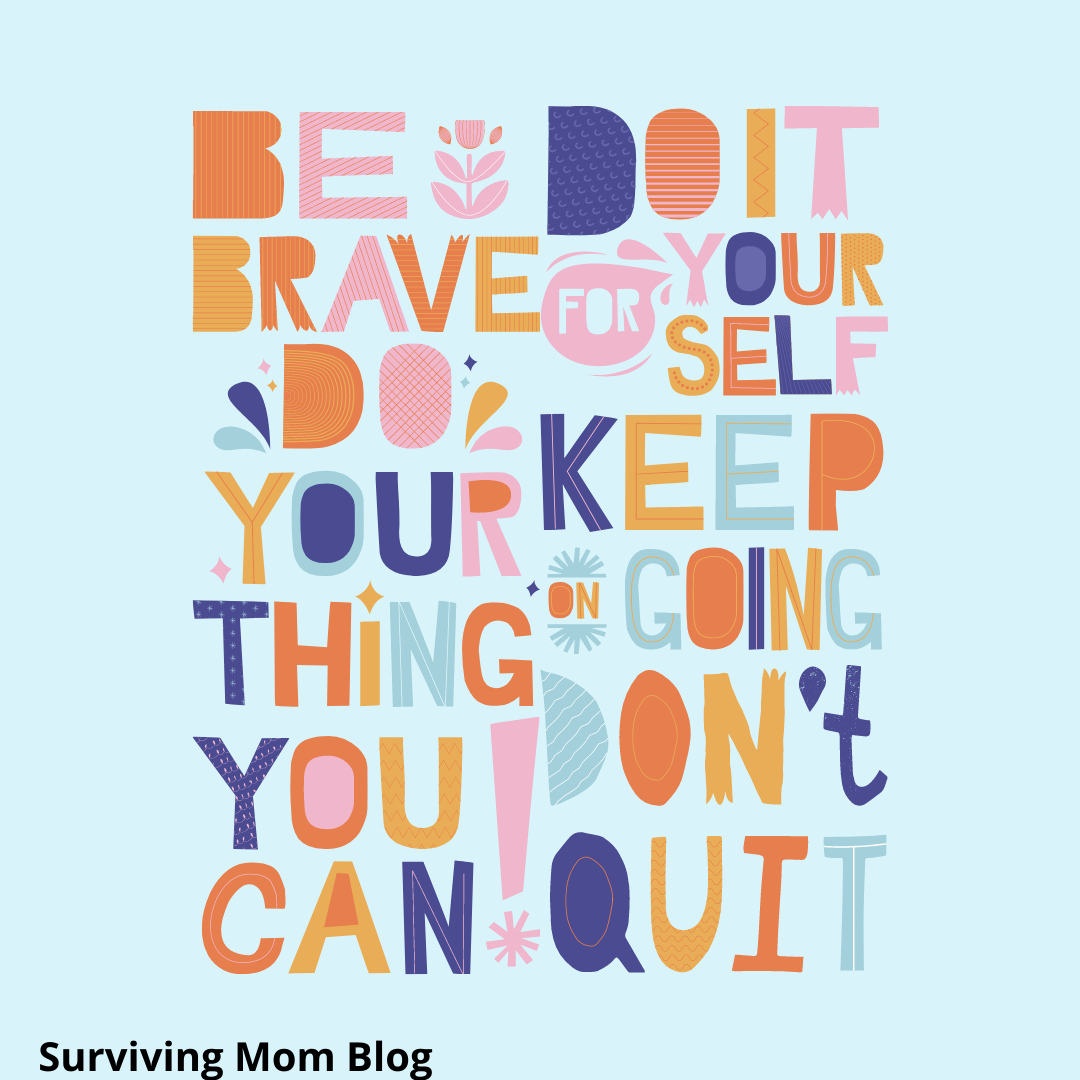
(12) The power of forgiveness and not holding grudges
My daughter will get angry at a person. Really angry. However, she never holds onto that anger. She will address her feelings and speak her mind, but then it is over. She won’t bring up things that happened in the past because she is too busy focusing on the present. She teaches me to leave what happened in the past in the past. Assuming you are not in a toxic relationship and you set healthy boundaries, forgiveness is a powerful thing. Holding onto anger only hurts ourselves.
(13) There is always happiness, if you are willing to look for it
It is easy to get caught up in your own problems and forget that there is so much beauty. Our perspective shapes the way we view the world, and my daughter sees the world with a lens of happiness and excitement. Toys on the floor, paint on the table, and a dirty bike are indications of different things that brought my daughter joy. She finds happiness in everything she does– petting our cat, eating her favorite foods, and writing to her pen pal. It is easy to feel overwhelmed by all the things that need to be done or all the struggles we face. Brielle has taught me that even in our darkest moments of life there is still light.
(14) Motherhood is messy, hectic, unpredictable, chaotic, and absolutely beautiful, all rolled into one
I have learned that there is never a dull moment once you become a parent. It will challenge you in ways you didn’t know were possible, but it will also change you in the best ways possible. My daughter has caused me sleepless nights while also causing me all-consuming joy.
The truth is, I have grown and healed immensely because of Brielle. I am a better version of myself because of her. She inspires and motivates me daily. Although I teach my daughter, I am so grateful to have my daughter as my teacher as well. I will always carry the lessons I learned from my daughter near and dear to my heart.
